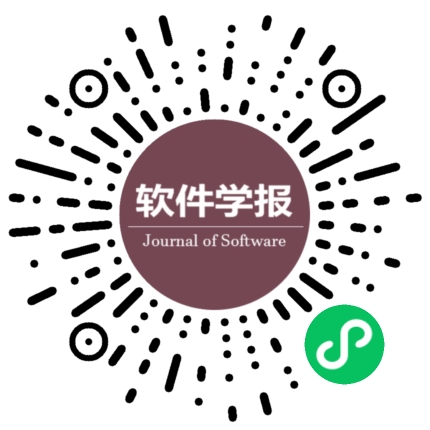面向对象程序的上下文敏感指针分析研究
作者:
作者单位:
作者简介:
李昊峰(1994-), 男, 博士生, CCF学生会员,主要研究领域为程序分析.
孟海宁(1995-), 女, 博士生, CCF学生会员,主要研究领域为程序分析.
郑恒杰(1996-), 男, 硕士, 主要研究领域为程序分析.
曹立庆(1997-), 男, 博士生, CCF学生会员, 主要研究领域为程序分析.
李炼(1977-), 男, 博士, 研究员,博士生导师, CCF专业会员, 主要研究领域为程序分析, 软件安全.
通讯作者:
李炼,lianli@ict.ac.cn
中图分类号:
TP311
基金项目:
国家自然科学基金 (61872043)
Context-sensitive Pointer Analysis for Object-oriented Programs: A Systematic Literature Review
Author:
Affiliation:
Fund Project:
National Natural Science Foundation of China (61872043)
引用本文
李昊峰,孟海宁,郑恒杰,曹立庆,李炼.面向对象程序的上下文敏感指针分析研究.软件学报,2022,33(1):78-101
复制相关视频

分享
文章指标
- 点击次数:
- 下载次数:
- HTML阅读次数:
历史
- 收稿日期:2019-11-27
- 最后修改日期:2020-09-12
- 录用日期:
- 在线发布日期: 2021-05-21
- 出版日期: 2022-01-06
文章二维码

您是第位访问者
版权所有:中国科学院软件研究所 京ICP备05046678号-3
地址:北京市海淀区中关村南四街4号,邮政编码:100190
电话:010-62562563 传真:010-62562533 Email:jos@iscas.ac.cn
技术支持:北京勤云科技发展有限公司
版权所有:中国科学院软件研究所 京ICP备05046678号-3
地址:北京市海淀区中关村南四街4号,邮政编码:100190
电话:010-62562563 传真:010-62562533 Email:jos@iscas.ac.cn
技术支持:北京勤云科技发展有限公司



